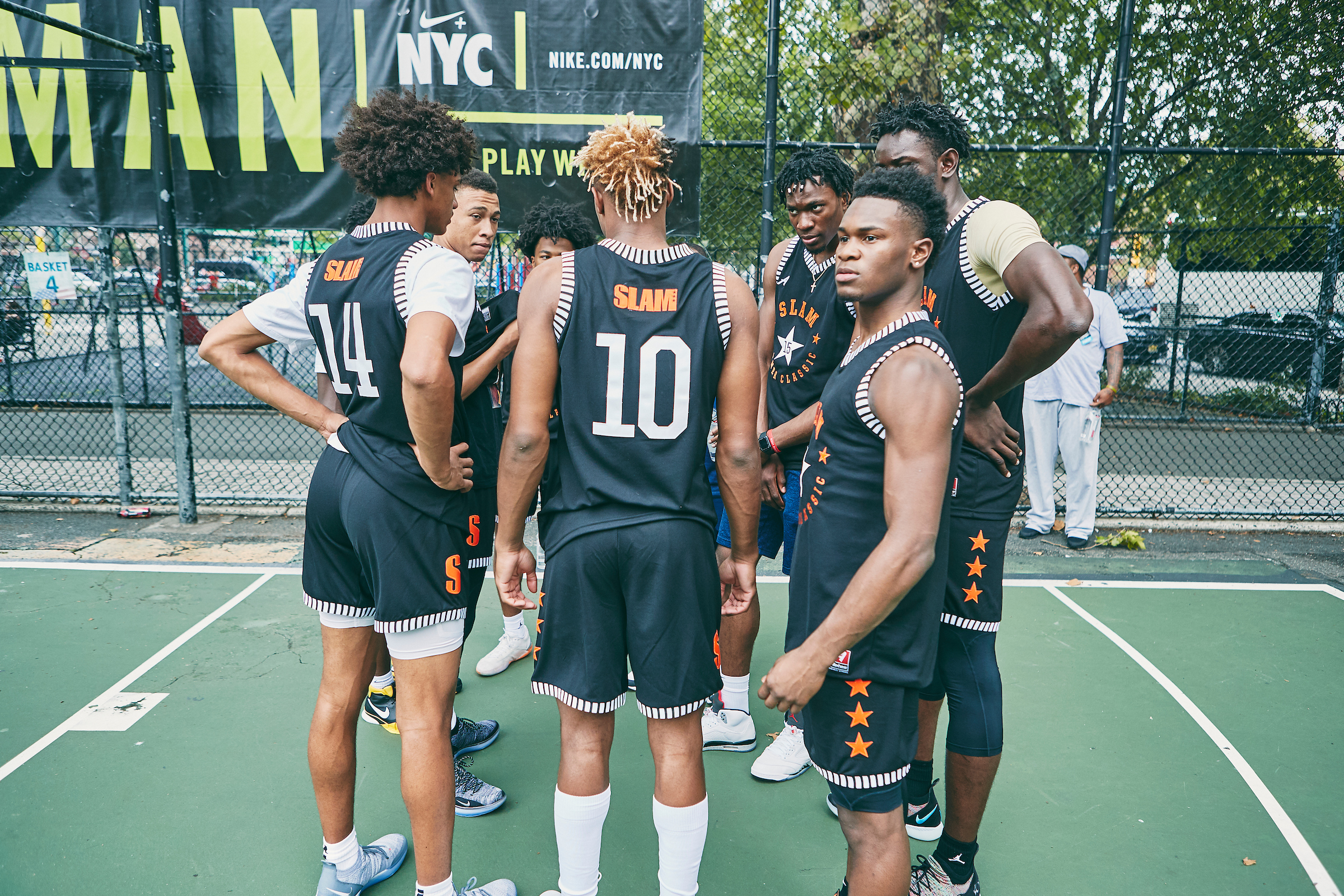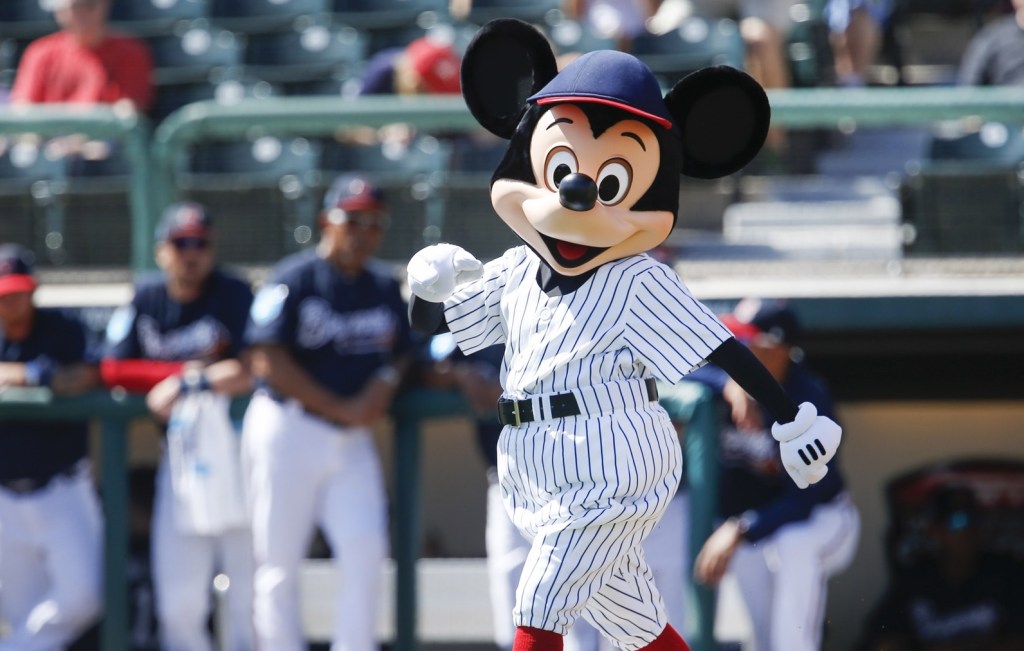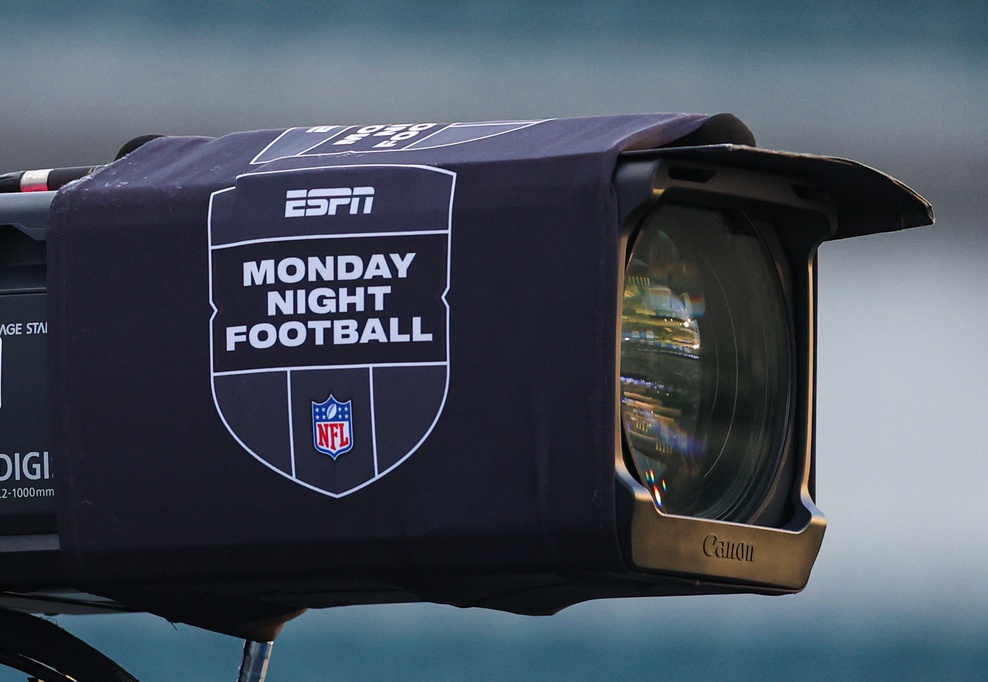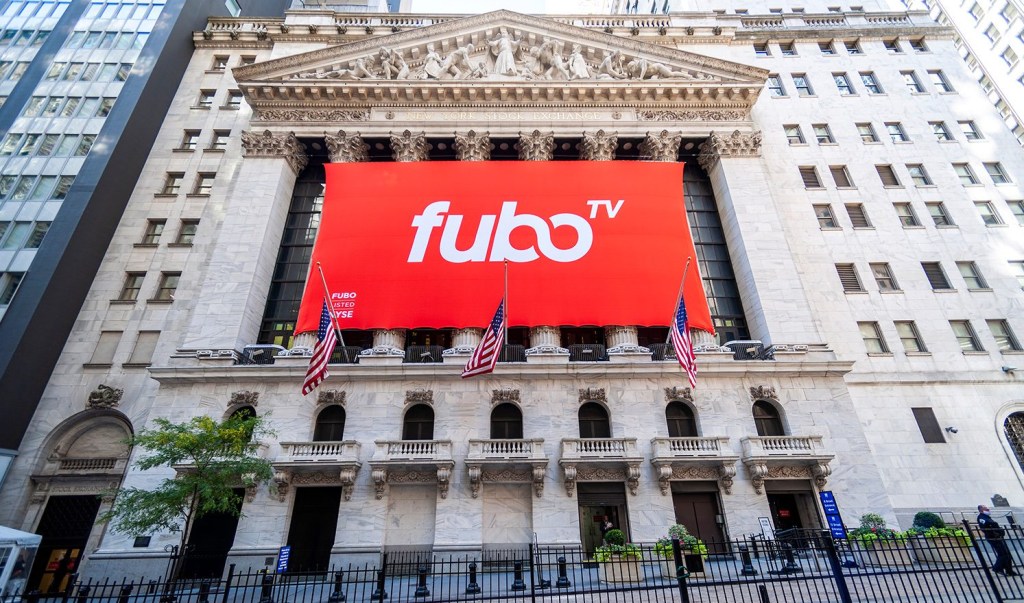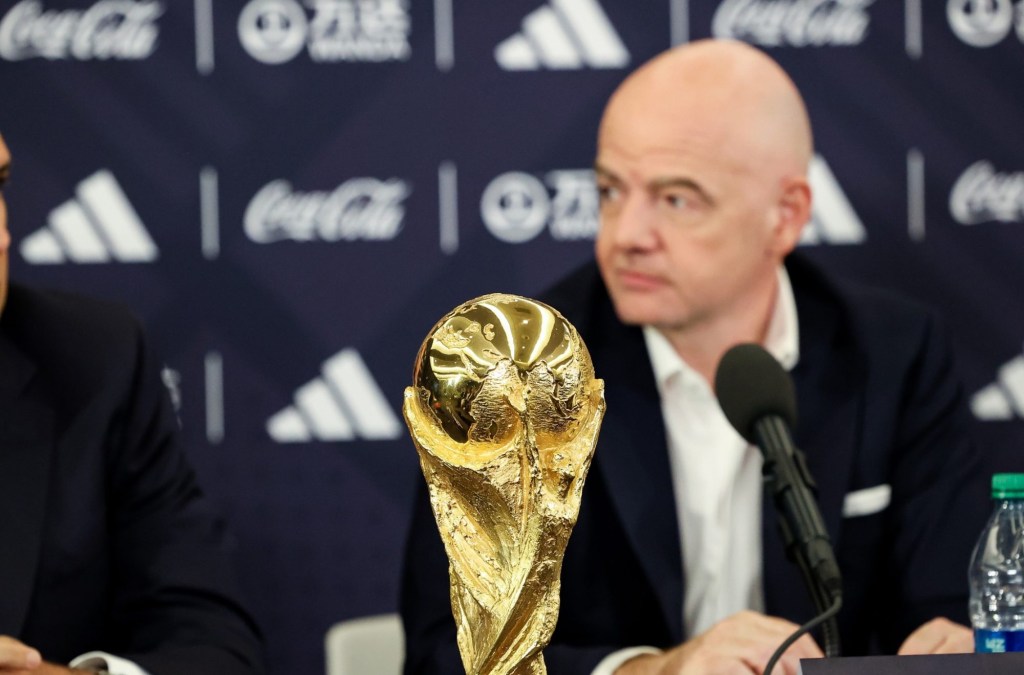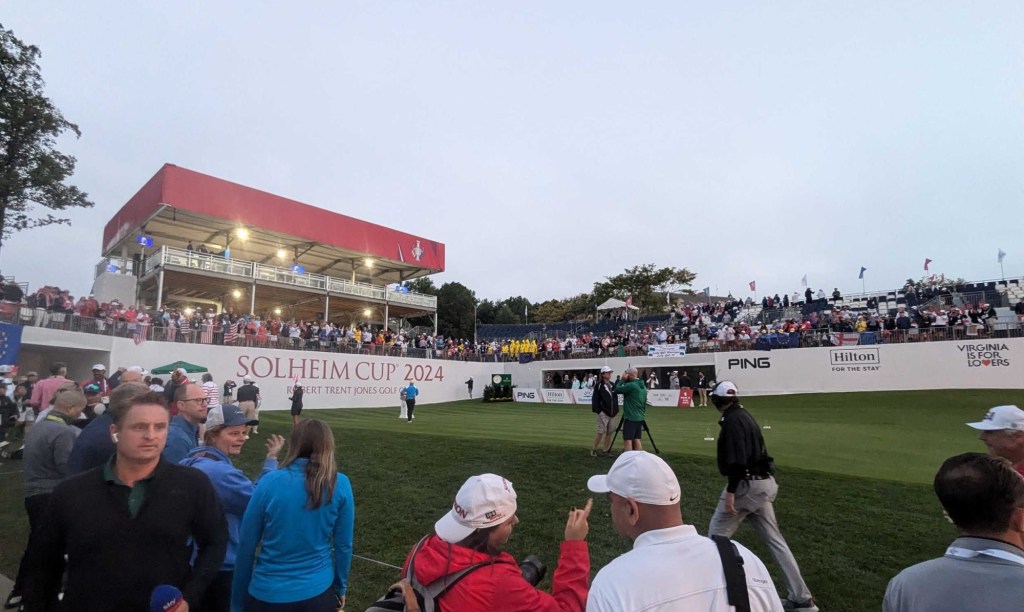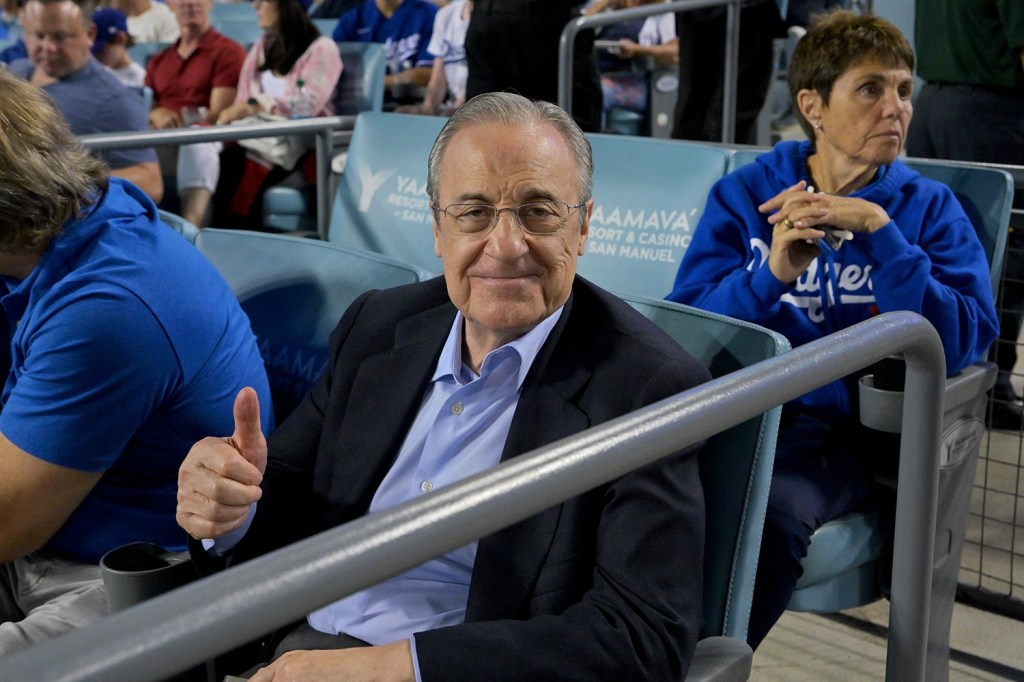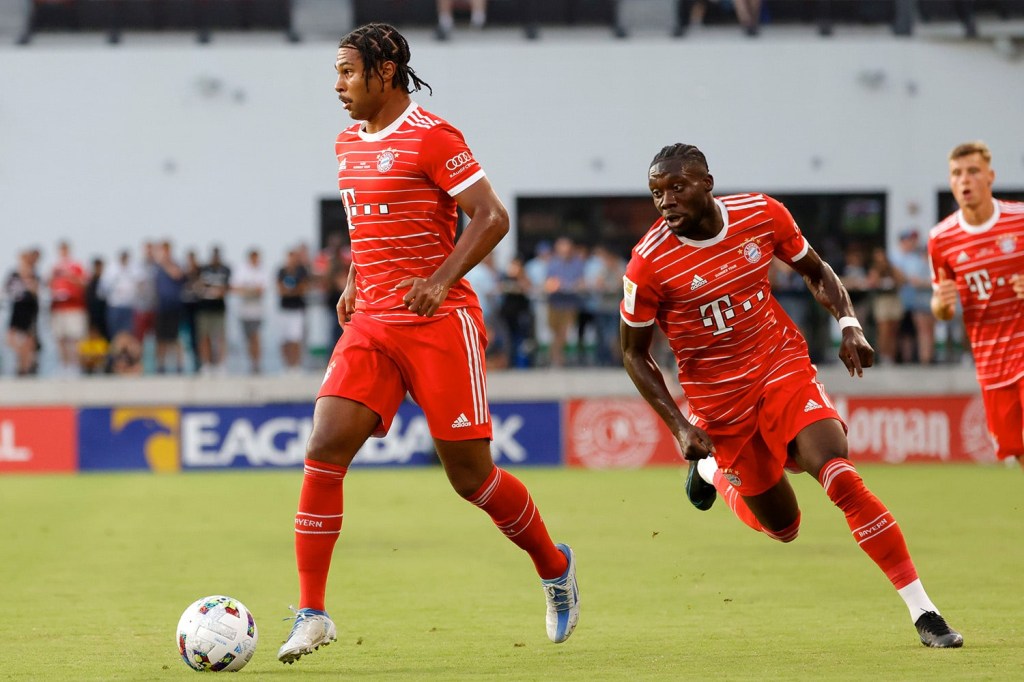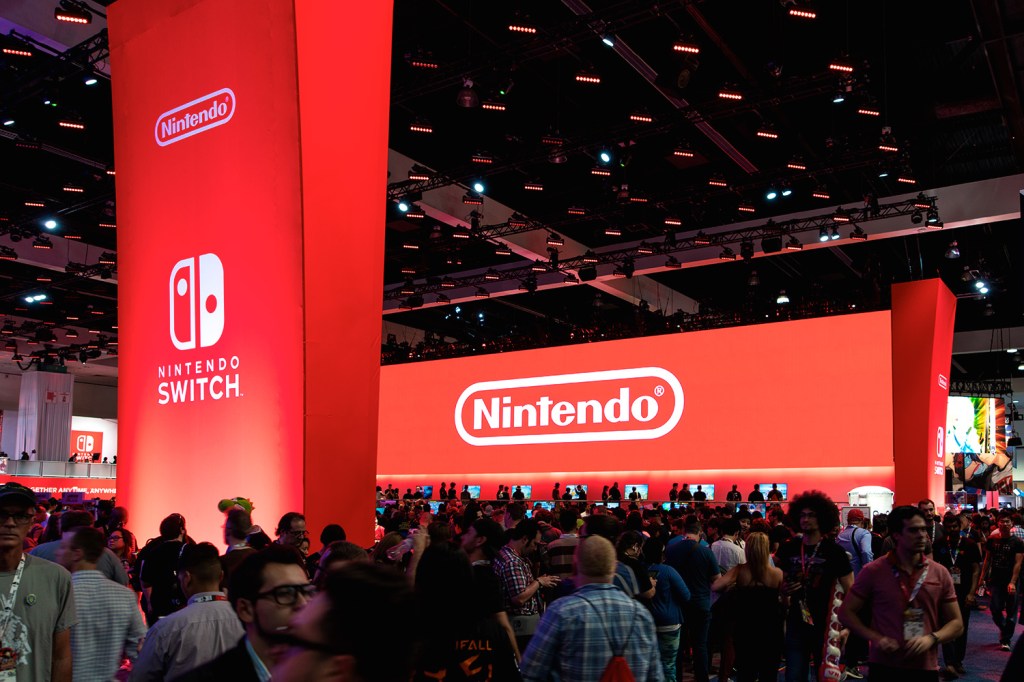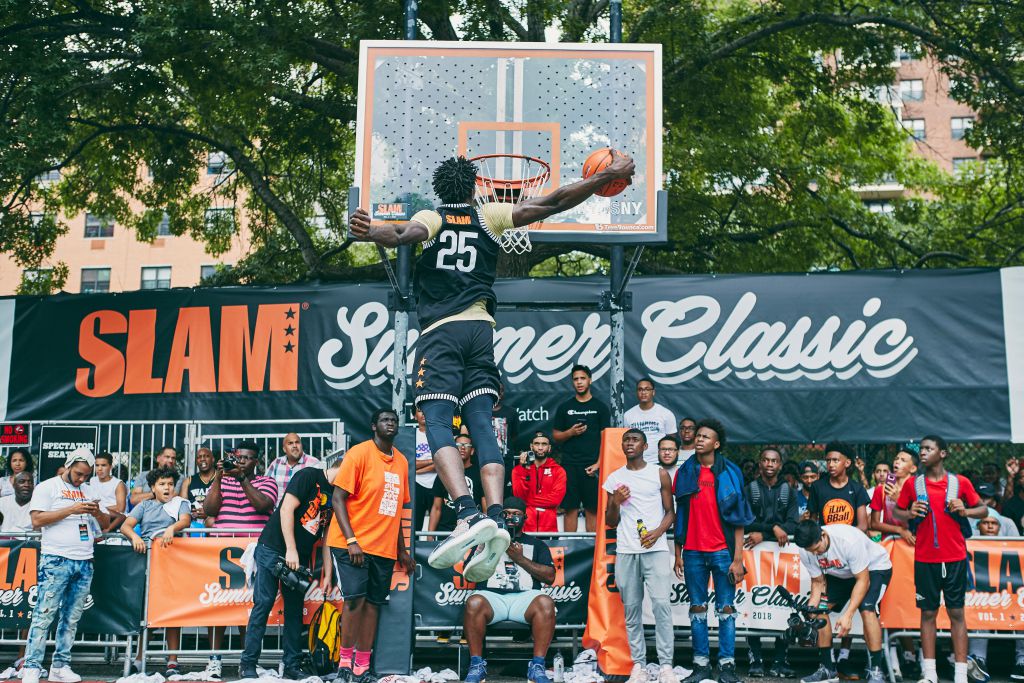
When SLAM Magazine was purchased by independent investor JDS Sports in 2017, many wondered what this meant for the 25-year-old basketball publication going forward. Now nearing the two-year anniversary of this acquisition, “SLAM 2.0,” as employees put it, is pushing to differentiate itself from other industry leaders.
One way SLAM is doing that is via events. On August 17 and 18, SLAM will be hosting its second-annual Summer Classic Volume II at New York City’s Dyckman Park. It serves as a showcase for high-level high school basketball players – from rising sophomores to rising seniors – who could be playing in the NBA in the near future.
According to Adam Figman, editor-in-chief of SLAM, what he and the team saw with Summer Classic I made a sequel inevitable. When talking about the 2018 edition, Figman says that inclement weather made SLAM move the Saturday tipoff from 7 p.m. to 1 p.m.
While this rash change could have been detrimental to attendance, Figman says that Dyckman Park was at max capacity and lines extended around the corner to watch high-schoolers superstars such as James Wiseman, Cassius Stanley, and RJ Hampton.
Numbers show that SLAM’s social media accounts – Facebook, Instagram, and Twitter – drew roughly 12 million impressions, 600,000 engagements, and 50,000 likes. More than 420,000 people watched the event on Facebook, SLAM’s streaming partner.
Mix in the content opportunities that came from this – from YouTube documentaries about both the game and everything preceding it – SLAM had an easy layup in the Summer Classic.
“Most of the big-name, high-school all star games that people do earlier in the summer are indoors,” said Figman. “Ours is the only one that’s really capturing the spirit of the service – in terms of the [in-real-life] experience, in terms of the actual park attendance – we hit a grand slam [in 2018].”
According to Dennis Page, founder and chief executive officer of SLAM, two areas have proven to be advantageous for the Summer Classic’s success: location and timing. Since launching SLAM in 1994, Page has witnessed the proliferation of high-school basketball popularity in the United States.
Inspired by the high school careers of Kobe Bryant and LeBron James, media coverage of high-school basketball has grown tremendously. This was later followed by the increased interest in marquee high-school basketball events such as the McDonald’s All-American Game in late March and the Jordan Brand Classic in early April.
READ MORE: Why Relationships and Brand are the Keys to SLAM’s Future Success
Add in AAU ball during the summer, and Page noticed that high school basketball was most relevant between December and July. When planning SLAM’s very own basketball event, Page knew two things: it had to be in August – typically a lull in high school basketball action – and it had to be outdoors, atypical of high schooler ballers’ indoor contests.
“The older guys in the NBA, a lot of them grew up playing on the playground, but a lot of kids now really don’t play outdoors that much anymore,” said Page. “New York being the Mecca of basketball in parks like Dyckman or Rucker Park, I think [high-school players] know about the legacy and history of playing at a Dyckman or a Rucker. And I feel there’s still that pressure to come play in a park in front of these kinds of crowds to prove that you’re legit – it’s a testing ground.”
Heading into Summer Classic Vol. II, both Figman and Page have plenty planned to surpass last year’s showing. In collaboration with Nike, players will be taking part in a private three-point contest at the shoe apparel’s New York headquarters Friday night. Then on Saturday, all 20 participants are heading to Rucker Park for Nike’s New York vs. New York finals, with SLAM as the exclusive media partner.
Courtesy of Def Jam, the music company will be hosting a dinner for the participants Friday night. It will also work with SLAM on producing social content around the night’s festivities.
Bodyarmor, which was a partner of last year’s event, is also returning this year.
“SLAM has always been on the cutting edge of basketball culture and they’ve done a great job in building this unique summer showcase for some of the top high school players in the country,” said Michael Fedele, vice president of corporate marketing at Bodyarmor.
With everything the company’s doing around its Summer Classic, Figman and Page want to keep grabbing the attention of a younger generation of basketball fans. Even though it was arguably at its peak popularity 10-to-15 years ago, the duo are righting the ship when it comes to their audience. In a ranking of the top sports media outlets in the U.S. in terms of social engagement by Shareablee, a company that specializes in social media analytics, SLAM is ranked at eighth – trailing The Walt Disney Company and WarnerMedia but ahead of FOX.
READ MORE: Las Vegas Cementing Itself As Basketball Powerhouse
With SLAM doing well at a time in which media companies are struggling to reach Millennials and GenZers, Figman and Page are proud of the work it’s doing – across all its audiences.
“These kids are actually very familiar with SLAM, if not through the heritage and the legacy – a lot of them are familiar with the brand on a deeper level, possibly because they grew up reading the print magazine or website or their parents did,” said Figman. “Generally speaking, this fits pretty seamlessly into the direction of the company over the past couple of years.”
